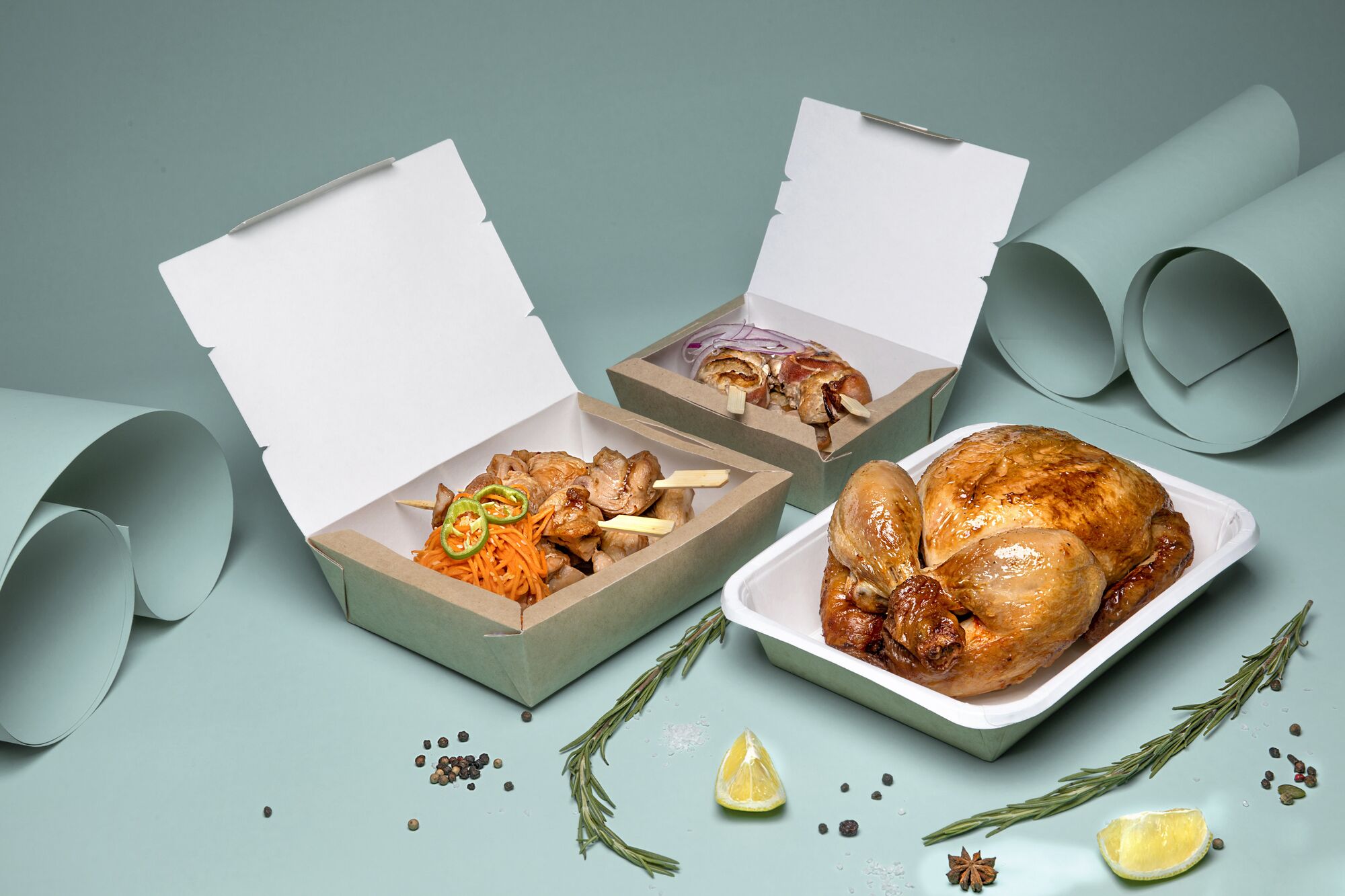First impressions hold major weight in food branding. When customers look for food or packaging for the first time, their minds quickly form ideas about the brand. Presentation often serves as the first way customers engage with food brands. A properly presented product invites people to try and believe in quality.
This initial experience influences how customers perceive the entire brand. For food businesses in the USA, where options abound, strong presentation helps establish distinction. It helps trust and interest before bite. Understanding the importance of presentation is key to building enduring food brands.
What is Food Brand Identity?
Food brand identity represents how the food business presents itself to the world. It includes visual components like logos, packaging, colors, and even styles of food plating and serving. But it also encompasses less visible aspects like emotions and values the brand expresses. A robust food brand identity enables customers to recognize and trust the business swiftly. Visual and sensory features.
How food appears and feels plays a significant role in identity. In the USA, where numerous small and large food brands compete, having a clear and engaging brand identity helps businesses capture attention. Presentation constitutes a vital facet of identity because it delivers the brand’s initial impression and message to customers.
How Food Presentation Influences Brand Perception
Food presentation directly impacts customer perceptions of the brand. When food looks appealing on plates or packaging, expectations rise. People anticipate tasty, fresh, and properly made food when the presentation is clear and attractive. Conversely, poor presentation might cause customers to question quality, even when the food tastes pleasant. Successful brands employ considered presentation to evoke positive impressions. In the USA, such uniformity helps brand loyalty as customers recognize and recall the product’s appearance and feel.
Core Elements of Effective Food Presentation
Presentation comprises multiple interconnected parts. Packaging design ranks among the most crucial. Decisions regarding colors, shapes, and materials communicate the brand’s character and principles. Employing appealing and functional packaging supports successful food presentation. Arrangement of food on plates or trays also holds importance, especially in dine-in services or food photography.
Consideration of color, proportion, and texture enhances dish allure. Finally, presentation requires consistency throughout all customer interactions, be they in-store, via delivery packaging, or through images. Such coherence enables food brands to maintain a distinct and cohesive identity. Incorporating packaging like custom food boxes allows businesses to control product delivery and reinforce brand narrative.
Psychological Effects of Food Presentation
Presentation influences not only vision but also emotions and appetite. An orderly, vibrant dish or container attracts attention and stimulates hunger swiftly. Humans frequently notice visual signs that visual cues help with desire. Presentation further shapes feelings. Familiar presentations of comfort foods can conjure joy and serenity, whereas contemporary visuals spark curiosity and interest.
Cultural background determines preferences and expectations in presentation styles. Some customers might favor straightforward, uncluttered looks, while others appreciate vivid, dynamic designs. Focusing on these psychological and cultural dynamics assists food labels in the USA to craft presentations attuned to customer sentiments. Emotional resonance motivates customers to select one brand over another, rendering presentation a potent instrument.
Amplifying Food Brand Through Enhanced Presentation
Allocating resources to presentation refinement yields manifold advantages. Superior packaging and culinary display project professionalism and dependability. Strong presentation bolsters promotional efforts and social media engagement, as customers share food imagery, amplifying brand visibility. Presentation represents branding facets with direct impact on sales and retention. Food enterprises and emerging ventures in the USA focusing on presentation may distinguish themselves from competitors and help with sustainable growth.
Impact of Custom Packaging on Food Brand Identity
Custom packaging assumes a vital position in shaping and sustaining food brand identity. It furnishes means to articulate the brand’s character and principles in physical form. Employing bespoke containers that craft memorable unboxing finds enhances customers’ value. Packaging conveys narrative through design elements, hues, and textures, facilitating emotional ties with brands.
Numerous food labels in the USA embed their stories and ethos into personalized wrappers, cartons, and labels to distinguish themselves. Through bespoke packaging, food companies command initial customer perceptions of goods. Such control solidifies branding and helps recurring customers.
Why Partner with Packlim for Custom Food Packaging
Packlim extends customized packaging solutions catering to diverse food businesses. Serving startups to established chains across the USA, Packlim aids the creation of packaging harmonized with unique brand identities. Expertise in materials and aesthetics supports companies pursuing sustainable options without compromising style. Opting for Packlim’s custom printed boxes, wrappers, or pouches empowers food brands to curate seamless customer journeys from preparation to consumption. This alignment cultivates reliability and awareness. Engagement with Packlim grants enterprises access to tailored packaging accentuating brand narratives and endorsing eco-conscious practices, qualities increasingly valued by the marketplace.
Real-World Success Stories of Food Brands Strengthening Presentation and Packaging
Multiple food brands enhance market standing through the synergy of compelling presentation and strategic packaging. One USA fast food brand employs custom fast food boxes emblazoned with vivid hues and recognizable logos, helping to create a playful and familiar image. Customers experience excitement and affiliation upon encountering and disseminating these parcels.
Another neighborhood bakery utilizes packaging narrating familial heritage and ingredient origin. Such businesses record enhanced customer loyalty and favorable recommendations deriving from presentation and packaging. These instances affirm that thoughtful presentation coupled with purposeful packaging precipitates elevated customer devotion and enterprise expansion, validating the significance of food branding.
Initiating Improvements in Food Presentation
Advancement in food presentation commences with discerning alignment between brand identity and customer expectations. Enterprises must evaluate how packaging and plating communicate values such as freshness, attentiveness, or tradition. Collaboration with packaging specialists like Packlim facilitates design development congruent with brand ethos and market preferences.
Selection of palettes, substrates, and layouts enlivens the brand story professionally. Uniformity across all customer interactions remains imperative for reinforcing a distinct identity. For USA-based operations, commitment to presentation signifies investments in customer gratification and loyalty. Incremental progress, guided by feedback, enables fine-tuning of the presentation best suited to strategic aims.
Conclusion
Presentation occupies a critical role in defining food brand identity. It molds initial perceptions, helps customer trust, and alleviates brand concerns. Through packaging and food organization, brands articulate principles and tales resonating emotionally with customers. Contemporary emphases on sustainability and customization introduce opportunities to refine presentation.
Custom packaging, including custom food boxes, functions as an essential mechanism for maintaining consistent and memorable brand imagery. Food ventures and startups within the USA derive substantial advantages by prioritizing presentation within branding and growth frameworks. Robust presentation transforms sustenance into branded encounters that customers look fork to experiencing repeatedly.

